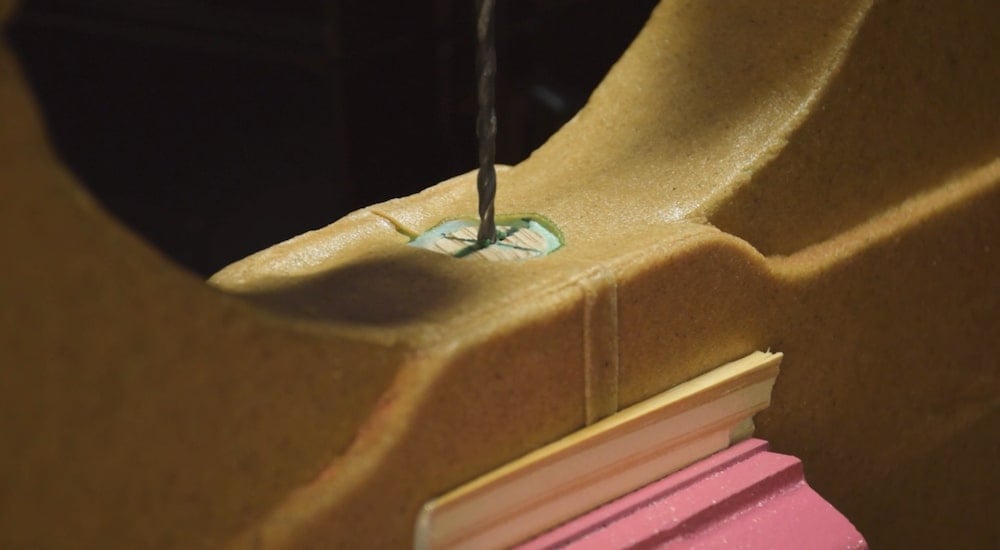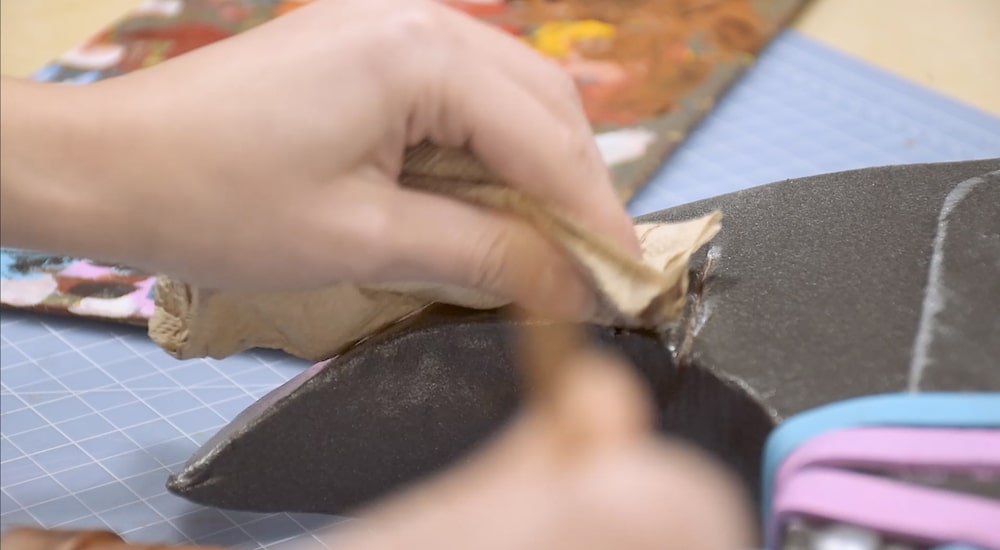Your cosplay isn’t complete without the props that make your character who they are. From swords and shields to spell books and scepters, props are often essential parts of the cosplay build. While many of the same skills can be used for creating costumes and props, there are some unique challenges that come with propmaking that can throw beginners, or even more experienced cosplayers, for a loop. In this post, we’ll describe some of the most common cosplay propmaking mistakes that you’ll want to avoid during your next prop build.
Common Cosplay Propmaking Mistakes to Avoid
- Using a heavy material for oversized props. In the case of anime, video games, comic books, and other types of fantastical media, the props you may need to create for your cosplay can sometimes be quite large and oversized. If you’re making a giant sword or hammer, for instance, you want to be sure that you’re using craft materials that will be light enough for you to carry around all day at a convention, photoshoot, or other event. In most cases, our top prop recommendation would be using insulation foam, which is lightweight but stiff and holds its shape easily. However, some cosplayers like to get creative, and have also made props out of layers of foam or plywood, 3D printed plastic, thin sheet metal, or even household objects like broom handles. No matter what material you use, be aware of the weight of your prop and whether it will be manageable for you.

- Permanently bonding all prop pieces together. If you have to travel at all with your cosplay, which is certainly common when attending cons, you should always plan your prop build with logistics in mind. In order to make your prop easy to transport without it getting damaged or broken, we would always recommend making props in such a way that they can be disassembled and packed, then reassembled when you’re ready to wear your cosplay. There are a variety of methods for creating disassembling props, from adding screws to connecting prop pieces with straps, velcro, and more. Protecting your prop is also important, whether you’re taking it on a flight or just carrying it around the main floor of the con. If your prop has especially fragile parts, we’d recommend reinforcing it with a layer of thermoplastic.
 Forgetting the final details and weathering. Finally, the final detailing stages of the prop build may be the most painstaking, but they tend to make the most difference when it comes to the quality of your prop. Remembering to add small details, like screwheads or straps, really makes your prop come to life. You’ll also want to remember, especially if your prop is a weapon used in battle, that most builds will need to be artificially weathered in order to look authentic. This means adding intentional nicks and chips, adding shadows and highlights with your paints, and rubbing some ‘dirt and rust’ into the crevices of your prop for a realistic ‘worn out’ look.
Forgetting the final details and weathering. Finally, the final detailing stages of the prop build may be the most painstaking, but they tend to make the most difference when it comes to the quality of your prop. Remembering to add small details, like screwheads or straps, really makes your prop come to life. You’ll also want to remember, especially if your prop is a weapon used in battle, that most builds will need to be artificially weathered in order to look authentic. This means adding intentional nicks and chips, adding shadows and highlights with your paints, and rubbing some ‘dirt and rust’ into the crevices of your prop for a realistic ‘worn out’ look.
With these tips in mind, you can avoid these common propmaking pitfalls in your next build and create even better props for all your future cosplays.